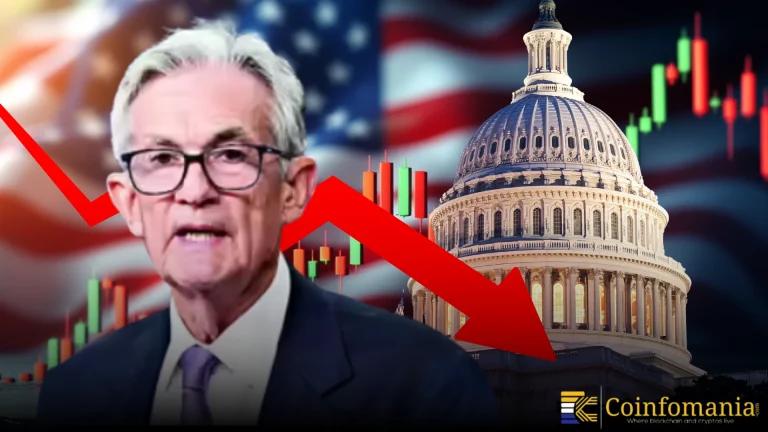Global Currency Trends Shift in 2025 as Central Banks Enter Divergent Policy Cycles
Central bank rate paths reshape global currencies in 2025, with USD weakening 8.35% as the Fed cuts rates and global liquidity rises.

Quick Take
Summary is AI generated, newsroom reviewed.
Fed cuts rates twice, weakening USD by 8.35% in 2025.
ECB pauses after aggressive easing, stabilizing inflation at 2.4%.
Euro gains 4% against USD with steady eurozone growth.
BoJ lifts rates to 0.5%, yet yen weakens near 145 per dollar.
The currency markets around the world saw a sharp change in the year 2025 when the major central banks went into divergent policy cycles. The Federal Reserve of the United States reduced the rates twice making the benchmark level 3.75%-4.00. Such reductions alleviated the financial situation and depreciated the US dollar by 8.35 against a basket of major currencies.
The policy action reversed some of the tightening cycle that was prevailing in past years. It was as investors relocated in capital markets around the world with funds pouring in in markets with higher rates. The devaluation of USD was also one of the biggest annual declines since the early 2000s.
ECB Break Hi-fi Boosts the Euro
In Europe, the European central bank had stalled following a vicious series of reductions earlier in the cycle. The global break allowed stabilization of inflation at 2.4 percent so that policymakers could have time to see economic momentum. Confidence came back to the region and the euro appreciated by 4 percent against the US dollar.
Stable GDP and greater inflation adjustment were some factors that contributed to the strength of the currency. The policy position indicated economic stability instead of further tightening so traders returned to the eurozone assets.
Global Normalization in Japan Undermines Yen
Japan was headed in another direction. The Bank of Japan increased its policy level to 0.5, and it became the first time since 1980s. Although the increase was made, the yen fell even more. The USDJPY pair was approaching 145, as a result of continued outflows of capital and a broad differentiation between the rate in the United States and the rate.
Increasing domestic inflation also added pressure on the currency. The slow rate at which the BoJ is tightening was seen by the investors as an indication that the road to policy normalization in Japan is still limited.
World Liquidity and Cryptocurrency Markets
The unfocusing of the central banks of the world major central banks augmented global liquidity. The reduction of the rates in the US, the stable European policy and gradual changes in Japan formed mixed circumstances, which promoted the movement of capital between regions.
In the past, the times of extensive USD weakness promote cryptocurrency markets. Analysts observed that the policy environment and decreased macro risk can be helpful to digital assets in 2026. Although the named analysis did not mention Cardano directly, the structural background is in line with the factors that have been helpful in the previous support of crypto adoption and performance.
References
Follow us on Google News
Get the latest crypto insights and updates.


